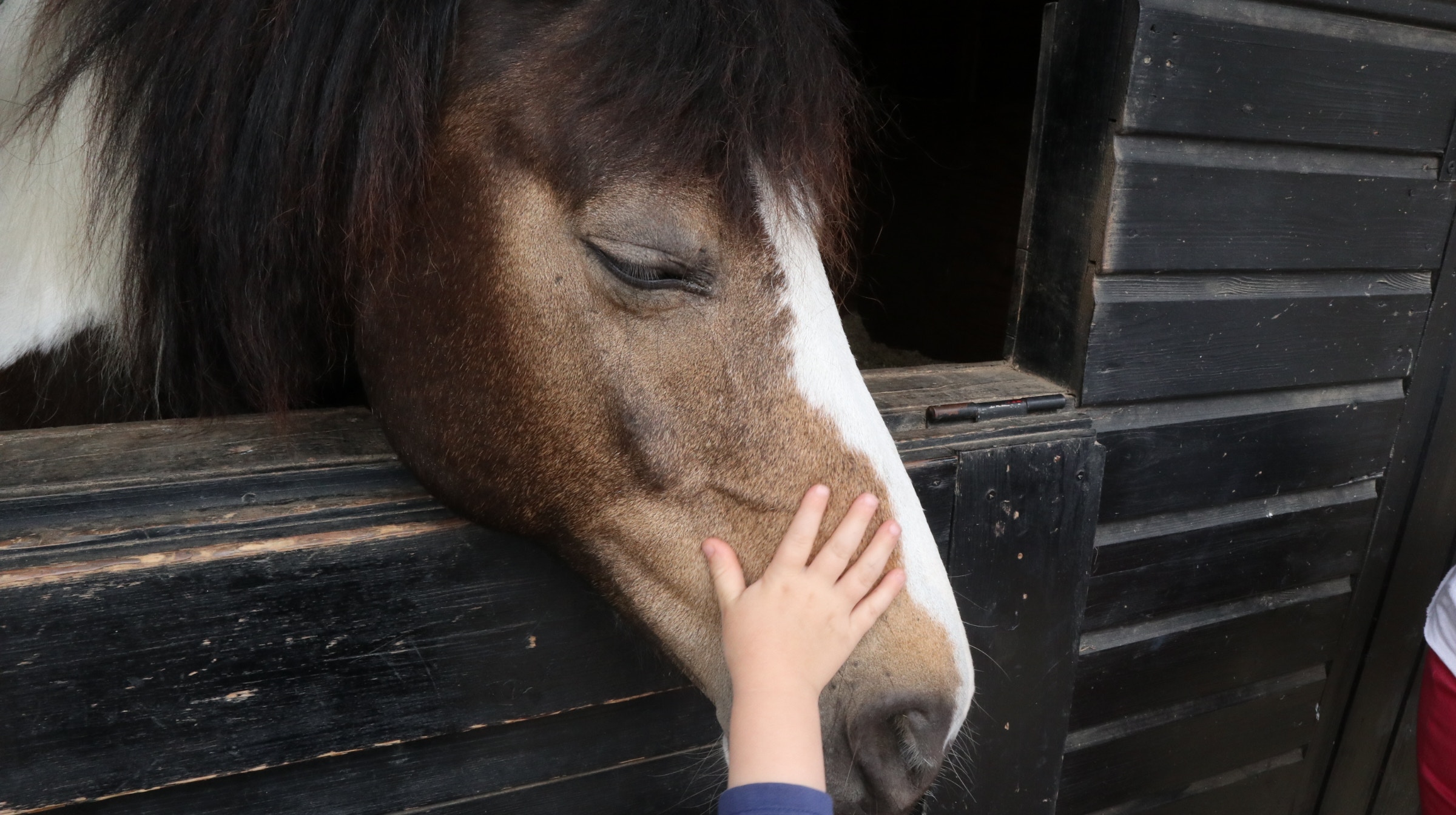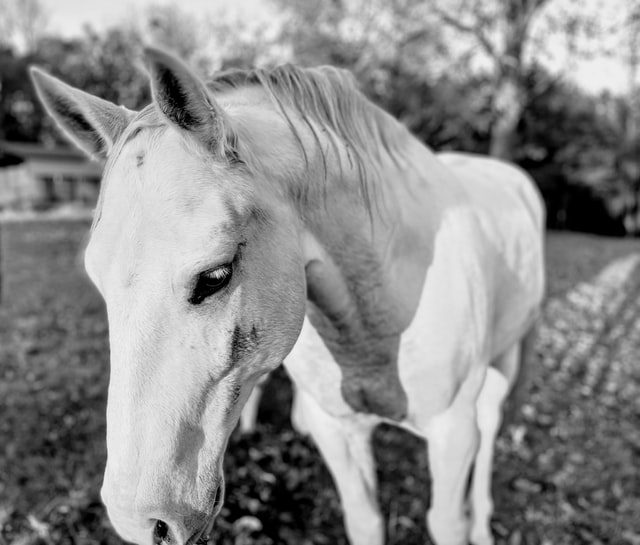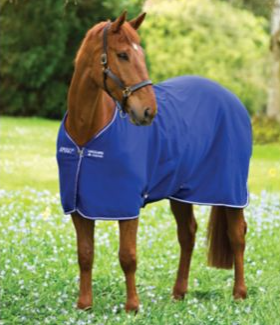How to Prevent and Treat Rain Rot
No matter how well you take care of your horse, even the best loved pet can come down with rain rot.
Here is the low down on what rain rot is, how to prevent it and how to treat it.

What is Rain Rot?
Also called rain scald, dew poisoning, or dermatophilosis, rain rot is a condition of the skin caused by a bacteria called Dermatophilus congolensis.
As a result, the skin produces white blood cells and proteins which create small pus-filled bumps or pustules.
These are the bumps you can feel under the hair.
As the condition progresses, the skin under the pustules will die off and the clumps can easily be pulled off, leaving the skin beneath it raw and red.
What Causes Rain Rot?
Dermatophilus congolensis is a very common bacteria found on the skin of most mammals, however under wet, warm conditions it can reproduce and spread spores.
Most commonly, rain rot is caused by rain sitting on the skin.
However, it can also be caused by moisture collecting under a blanket, or morning dew on the pasterns.
Unfortunately, rain rot can also be spread by contaminated blankets or brushes, so if you see rain rot forming, wash your blankets on a sanitation cycle and scrub and thoroughly dry your grooming tools.
How to Prevent Rain Rot
Since the most common cause of rain rot is…rain…having adequate shelter is the first step to preventing it.
Having one run-in shed may not be enough if you have a bully who pushes everyone else out of it.
Even without a bully, horses are notorious for ignoring gale-force winds and blizzards and hanging out outdoors.
Seriously – there are memes.
And just like thrush, even the most diligent horse owner will have to deal with this at some time or another.
Even with adequate shelter, horses are notorious for hanging out outside in bad weather.
The second way to prevent rain rot, is to ensure that you only blanket a horse when absolutely necessary, and if you do to ensure that the blanket is made out of a breathable material.
Trapped humidity or sweat under a blanket can also cause rain rot, even when it hasn’t rained in months.
A naturally healthy coat has protective oils that usually form a protective barrier against rain rot.
Washing your horse too frequently can remove these oils.
Poor nutrition and age can also inhibit the creation of these protective oils, so first and foremost make sure your horse is receiving the nutrition he needs!
How to Treat Rain Rot
Once the bacteria has been removed, the hair will grow back in 7-10 days.
Theracyn can reduce bacteria by 99.99% in 15 seconds. Apply daily for several days. In extreme cases, a medicated shampoo may be necessary.
I have also read where some people use dry shampoo or talcum powder sprinkled on their horse’s back and gently brushed backwards into the coat to help absorb the moisture.
But our favorite treatment is Equiderma’s neem oil shampoo.
Once bath with this and all you have to do is wait for the hair to grow back. We’ve seen even the worst cases bounce back in record time using this shampoo!


